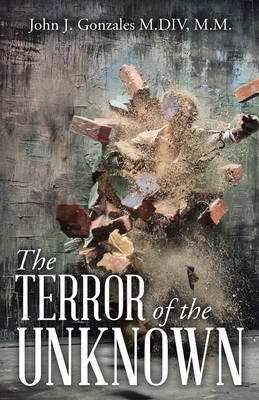
Just as threatening as identity theft or a website hack, there is bad mental code working to hack and sabotage your life. After identifying different types of code and attacks, Bad Code gives you effective and powerful tools to change your mental code. Using construction images, you will gather your own personal mental toolbox of tools that will take you through the varying decades of your life. The last section of the book includes interviews of ordinary people with extraordinary insights, each with applicable tools and mindsets.
The human brain is more powerful than any computer and accessing the power of the brain takes mental choices and tools. Negative mental code sends messages that we're too old, too fat, too dumb. Those kinds of mental missives hinder both personal and professional growth. Bad code brings discontentment based on shame and self-doubt, which is ultimately destructive. It tells us we'll never be good enough, so why try?
Good code is positive, forward thinking and healthy. It constructively uses the restlessness of fear for motivation and change. The applicable mindsets not only apply for individuals, but for small businesses, business leaders and leadership teams.
When I quickly glanced at how many chapters BAD CODE had, I thought, "it will take me a while to read this book." As I began to read the book, the pages and chapters flowed easily. Deborah takes the concept of Computer Bad Codes and applies them to how we personally view life based on the "codes" that we have personally written or accepted. She uses great illustrations to help us understand how this applies to each of us and what we can do to make changes. At the end of each chapter she provides a tools and mindset section for personal application.
This book is great for someone who is struggling with depression, anxiety, and obsessive thoughts who is looking towards making a shift on how they currently view life. This is also a good book for students, counselors, social workers, pastors and other people in the helping profession as they help people reframe or restructure the lenses they use to view and interpret life. My two favorite sections of Bad Code are How to Repair Bad Code (part 2) and Shifting Forms of Bad Code Through the Decades (part 3). The first gives us an approach on how we can rewrite our story so that we have a better ending or "next chapter." The Last section brings the whole book together through real life examples of people living in their "own" decades and what they have done to change their code.
Jaime E. Mendoza Psy.D. Pastor and Assistant Professor of Psychology and Leadership
At the intersection of art and science, Deborah Johnson illuminates how our mind can get stuck like a faulty computer, or how it can run smoothly like a high speed download. This is owner's manual for getting sharper with age, not slower.
Glenn Miya M.D. Host of Smart Health Talk Radio







